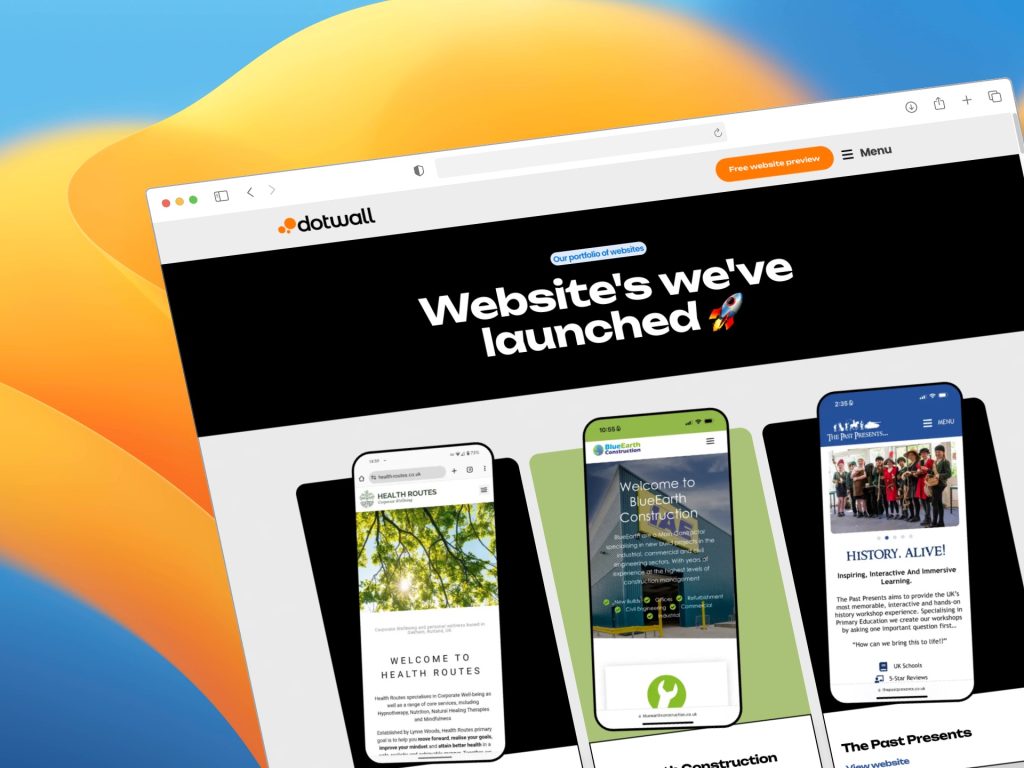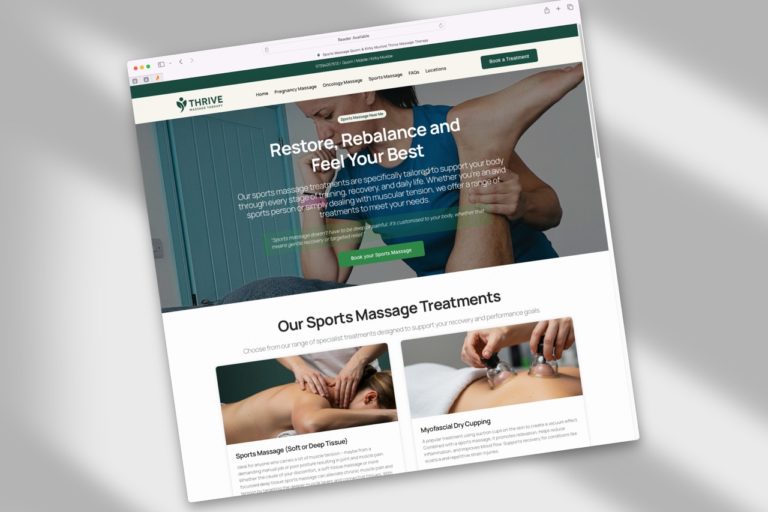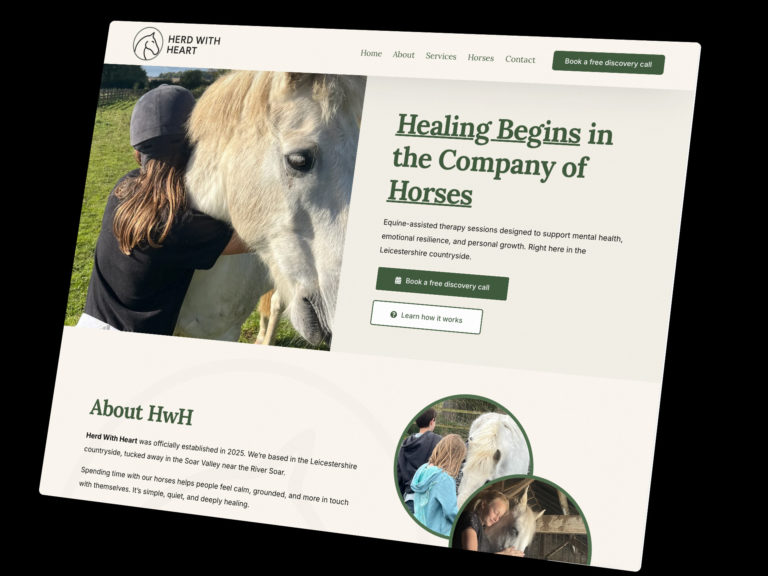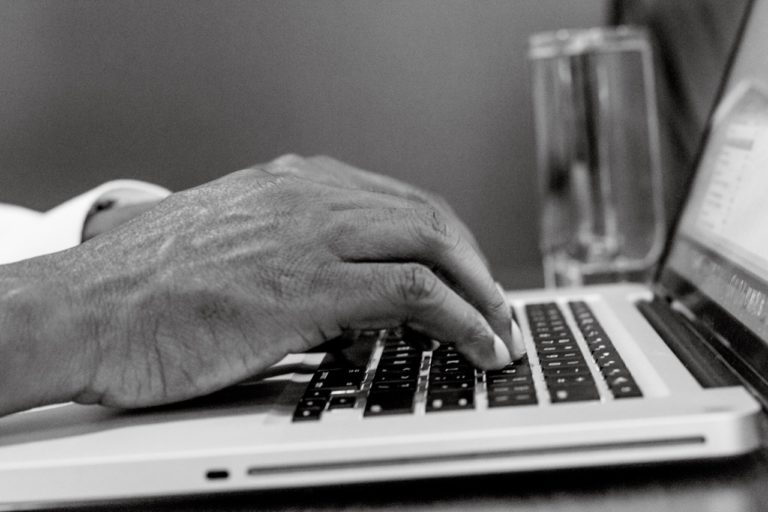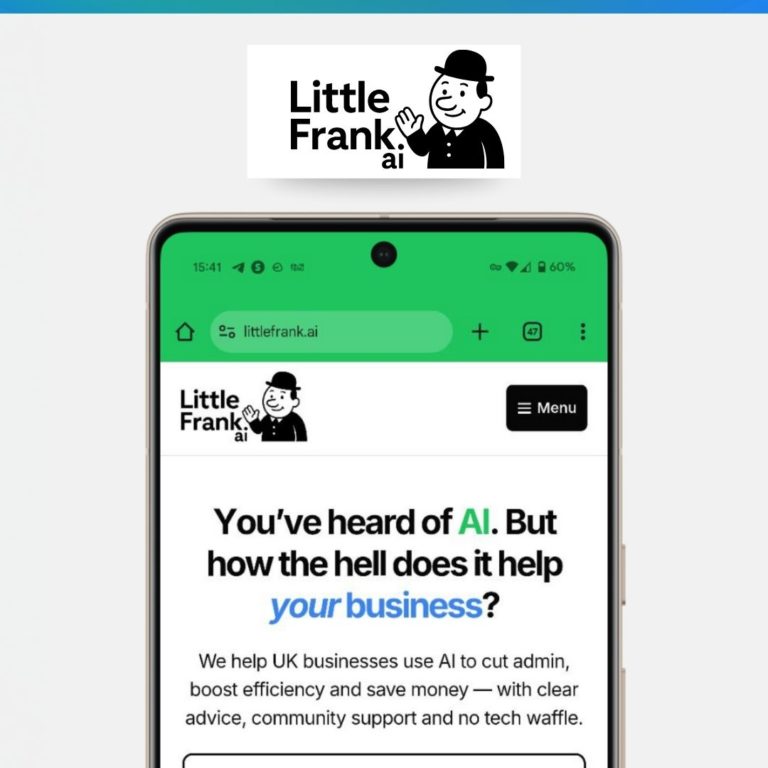Are you struggling to find a web designer? Are you confused about how you can trust them amongst the thousands of web designers out there? We get you. Finding a web designer can be so hard. There are literally thousands to choose from, with varying qualities of work and significant price differences. Here’s our quick rundown of what you should look for when trying to find a new web designer.
1. Case Studies: Proof of Success
One of the first things to look for when evaluating a web designer or agency is their case studies. A reputable designer will have a portfolio of case studies that detail their past work. These case studies should provide an overview of the project, the challenges faced, and the solutions implemented. Look for case studies that align with the type of project you’re considering. This can give you a good sense of how the designer approaches problems and whether they have experience in your industry.
Questions to Ask:
– Do they have case studies available on their website?
– Are the case studies detailed and relevant to your needs?
– Can they provide specific examples of similar projects they’ve completed?
2. Reviews on Trustpilot and Google Business Reviews
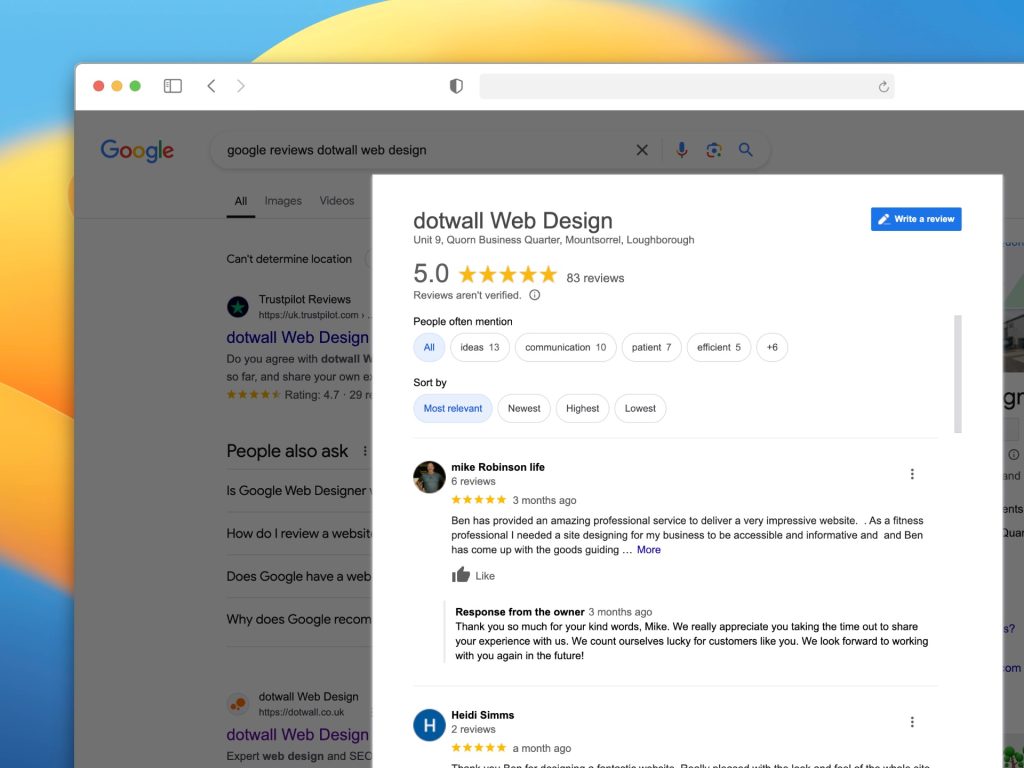
Reviews are an excellent way to gauge the reputation of a web designer or agency. Platforms like Trustpilot and Google Business Reviews can offer insights from previous clients. However, it’s important to scrutinise these reviews to ensure they’re authentic.
What to Look For:
– Quantity and Recency: A large number of recent reviews can indicate a steady flow of satisfied clients.
– Details in Reviews: Genuine reviews tend to have specific details about the project and the experience.
– Response to Reviews: How does the designer respond to negative feedback? A professional response can indicate good customer service.
Tips:
– Avoid designers with a perfect score but only a handful of reviews. It’s often a red flag for inauthentic feedback.
– Look for patterns in the reviews. Are there consistent comments about communication, quality of work, or timeliness?
3. Evaluating the Portfolio
A designer’s portfolio is a window into their capabilities and style. It showcases their past work and can give you an idea of what to expect if you choose to work with them. Here’s how to effectively evaluate a portfolio:
What to Consider:
– Diversity: Does the portfolio include a variety of projects? This can indicate the designer’s ability to adapt to different industries and project types.
– Quality: Are the designs visually appealing and functional? Check for attention to detail and overall user experience.
– Consistency: Is there a consistent level of quality across all projects?
Action Steps:
– Take note of websites that particularly catch your eye and consider how they align with your vision.
– Check the websites in the portfolio for responsiveness (how they look on mobile devices) and loading times.
4. Communication is Key
No matter how impressive a designer’s portfolio and reviews are, effective communication is critical. It’s essential to jump on a call with the designer to discuss your project in detail. This conversation will give you an insight into their understanding of your needs and their ability to offer solutions.
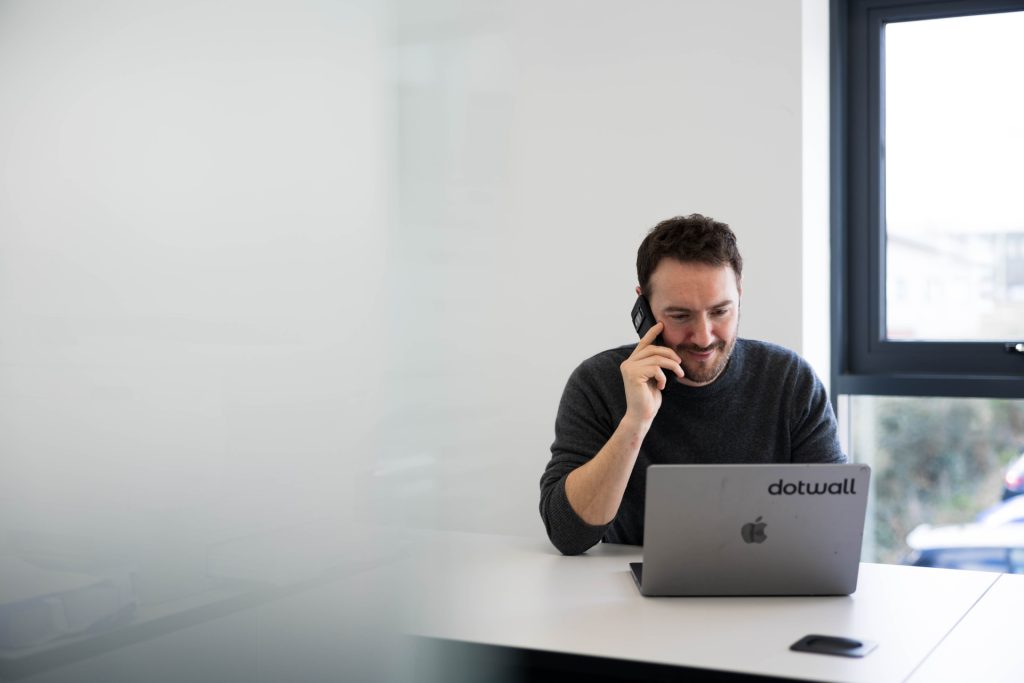
Key Points to Discuss:
– Your Goals: Clearly explain what you aim to achieve with your new website. Whether it’s improving user experience, increasing conversions, or rebranding, the designer should understand your goals.
– Challenges: Describe any problems you’re facing with your current website. A good designer will ask insightful questions to identify these issues and suggest ways to overcome them.
– Solutions: Ask the designer how they plan to address your specific needs and challenges. Their response will give you a sense of their expertise and problem-solving skills.
Tips:
– Pay attention to how well the designer listens to you. Active listening is a sign that they value your input and are committed to delivering a solution that meets your needs.
– Evaluate their ability to communicate their ideas clearly and concisely.
5. Transparency and Professionalism
A trustworthy web designer or agency will be transparent about their processes, timelines, and pricing. They should provide a clear contract outlining the scope of work, deadlines, and payment terms. Transparency in these areas can prevent misunderstandings and build trust.
What to Expect:
– Process: A detailed explanation of their design and development process.
– Timeline: A realistic timeline for project completion with milestones.
– Pricing: Clear and detailed pricing with no hidden costs.
Red Flags:
– Vague or ambiguous answers to questions about process or pricing.
– Unwillingness to provide a contract or written agreement.
6. Technical Expertise and Innovation
The web design field is constantly evolving, and it’s important to work with a designer who stays up-to-date with the latest trends and technologies. During your discussions, ask about the tools and technologies they use and their approach to innovation.
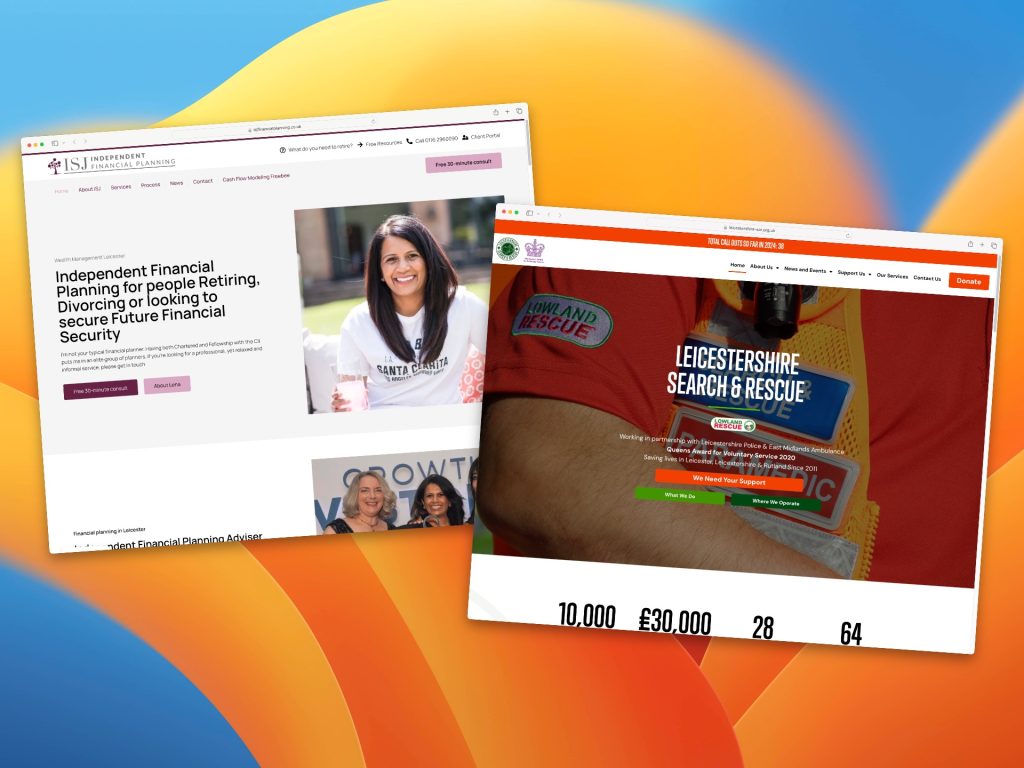
Considerations:
– Are they familiar with the latest design trends and technologies?
– Do they offer innovative solutions that can give your website a competitive edge?
Conclusion
Finding a web designer or web design agency you can trust involves careful research and thorough evaluation. By considering case studies, reviews, portfolios, communication, transparency, and technical expertise, you can make an informed decision that ensures your new website will be a valuable asset to your business. Remember, the right designer will not only understand your needs but also bring their expertise and creativity to deliver a website that exceeds your expectations.
For more useful tips from dotwall, sign up to our newsletter to get a dose of the best content.
